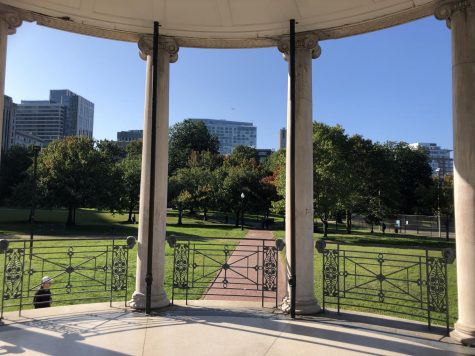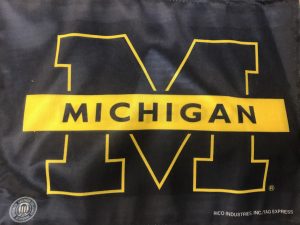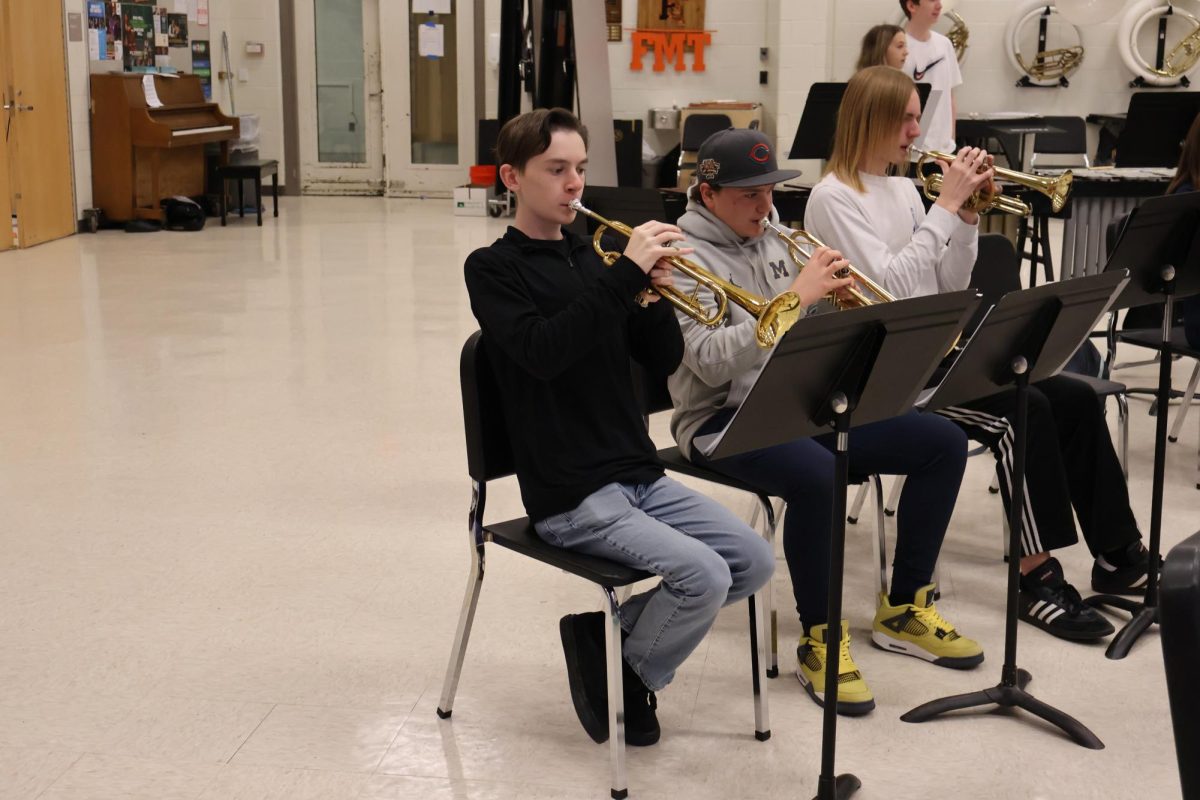Opinion: pros and cons of virtual college visits
July 31, 2020
While the option of in-person interaction is extremely limited, universities have offered up virtual tours for prospective students to learn about the school from home and ease the decision making process.
Very few people would choose watching a video of Hawaii over physically going to Hawaii, and much of that is the same when it comes to college visits. Exploring a university through a screen is not the same as visiting it in person because the environment on a virtual tour is one that can be controlled by the school. There are rarely ever any unexpected or unplanned circumstances in virtual tours; students only see what the school wants them to see and this can end up misrepresenting the true atmosphere of the school.
Unplanned events can make a school more charming or they can be a turnoff, but it is vital to have these moments because students need to know what they don’t want just as much as they need to know what they do want in order to know if a program is the right fit.
For really tactile people, the idea of a virtual college tour is also less exciting. Students that thrive off of in-person interaction and need to physically be in an environment to really grasp its atmosphere are at a huge disadvantage. There’s little way of gauging how noisy the campus normally is or how the public transportation feels, not to mention the goings-on in the city or town the school is located in and whether or not residents are friendly. For students who are picking their future home environment, these can be really important factors that are often forgotten about when it comes to virtual experiences because they are all things that are subconsciously taken in during in-person visits.
Regardless, universities are putting out some really good virtual options. A really good virtual visit platform is “YouVisit.” This platform not only has virtual tour guides, but participants can click on arrows to “walk” to each tour destination at a pace that better suits them and the school can put in more interactive options like photos, videos and 360 panoramas to explore. One thing to look out for, however, is how taxing this platform can be on devices, making them heat significantly.
There are also many other virtual information opportunities. A few schools, such as the University of Chicago and Western Michigan University, have virtual zoom conferences and model classes that range from topics like astrophysics, to admissions processes, to music programs, to a survey of the devil in literature. These classes are really useful in gaining an understanding of the teaching style of the school, making new friends, interacting with professors and alumni before applications are sent in and getting a chance to get questions answered.
Many schools also have social media accounts, YouTube channels (some of them are run by the school and some YouTube videos are brutally honest reviews from past or current students) and chatting options that connect people directly to alumni. These offer even more of an opportunity to get a feel for how the surrounding community feels about the school.
The fact that everything is online encourages students to do more research beforehand on a university’s website because there is less of an opportunity to ask questions. Normally, college tours are reserved for questions that can’t always be answered through a website, but there always manages to be one family who asks about tuition prices and the offered majors— both things that can easily be found on a university website, even before quarantine.
Many Generation Z applicants are more comfortable with virtual tours because they prefer indirect contact like emails, texts, videos and social media. Virtual tours not only give them a chance to feel more comfortable communicating with a university, but they are also better for students who live far away from a school, such as international students or students who live across the country.
Despite the fact that students may miss out on a few things, virtual tours are more fitting with the modern technology age; schools and students will just have to adapt.














